Planning to return to work or your work-from-home days are about to come to an end? As more people get vaccines and you might have to go out of your home again for work and socializing, you might worry a lot about one member of your family which is your pets. During Covid-19, your fur babies might’ve got accustomed to spending all day, every day, with you because of the need to stay at home. You may experience guilt, worry, and even anxiety that your fur babies may not adapt well to being separated from you, and your pets being alone may develop separation anxiety in them.
But before we dive into this topic, let’s first learn more about separation anxiety:
What Is Separation Anxiety
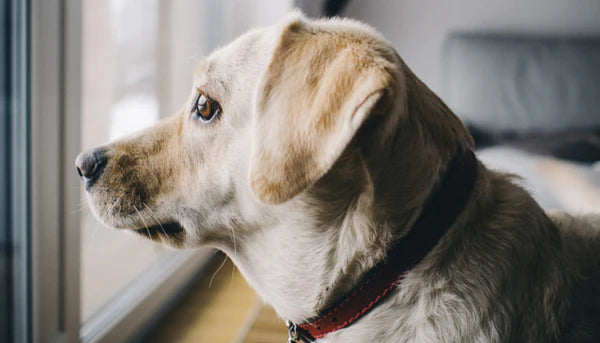
Separation anxiety happens when your pet becomes super attached to your presence and you leaving the house causes your pets to get super-stressed for they will be left alone. It is more than a little whimpering when you’re about to head out of the door and leave, it’s a major, unwanted behavior that happens every time you leave or are away from home. This may annoy you especially if this causes your pets to have bad behaviors but it's important to know that this is a serious condition and not just because your pet’s a bad pet or a spoiled pet. Don’t ever give them up! Pets with this condition need you now more than ever.
What Are the Causes
Causes of separation anxiety are not yet fully known as to why some pets suffer from this condition and others don't but here are some common causes you should watch out:

- Being left alone for the first time
As your fur baby may be new to being left all alone, they may experience separation anxiety at first for they are not used of you not being around.
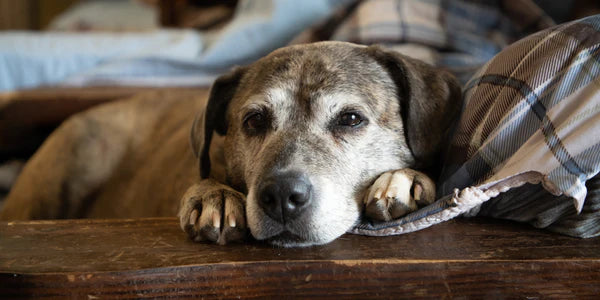
- Being left alone when accustomed to constant human contact
Even adult pets can be affected by this condition especially if the pet is accustomed to you being around for many years or most of the time and then you suddenly go missing.
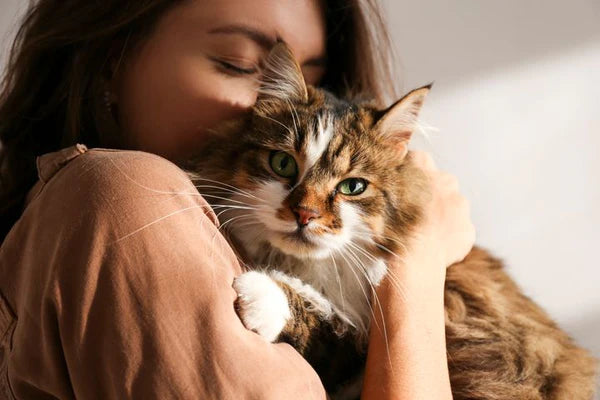
- Change in Ownership
The sudden absence of a family member, either due to death or moving to a new place, can trigger separation anxiety in your pets. Suffering from a traumatic event through the death of their owner or abandonment can cause this condition to be severe on them. Dogs are more prone to this as they are more attached to humans than most cats.
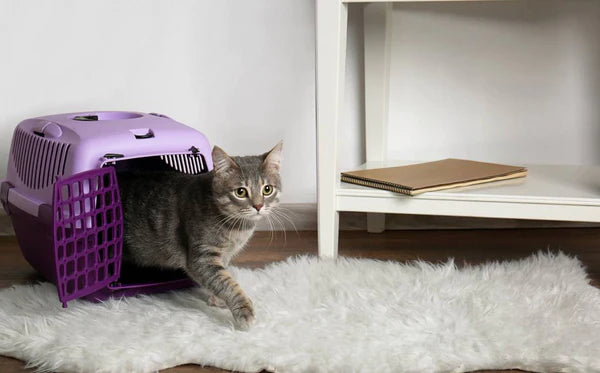
- Change in Residence
Being abandoned, surrendered to a shelter, moving to a new home, or be given to a new guardian or family can trigger separation anxiety in your pets. Even you adopting a new pet where they experience moving to your home from a shelter especially for adult dogs who got used to the shelter can trigger this condition. So be careful and be attentive to your pet and give them the proper amount of attention they need for they are still adapting to their new home.

- Change in family routine or schedule
A sudden change in schedule in terms of when or how long your pet is left alone can trigger separation anxiety for both dogs and cats. For example, if a pet’s guardian works from home and spends all day with their pets but then gets a new job that requires them to leave their pets alone for long hours, their pets may develop separation anxiety because of that change.
Signs of Separation Anxiety
A pet who has separation anxiety shows a lot of stress and exhibits distress and behavior problems when they are alone. But take note, these following behaviors will be noted as signs if they are done frequently and without your presence:
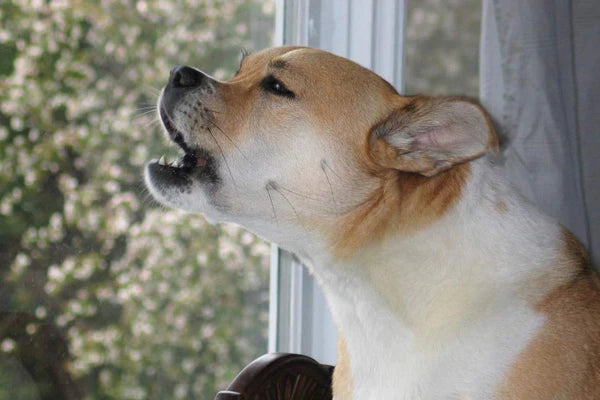
- Howl, bark, or whine to excess
This to either relieve their stress or get your attention and their signal that do not want you to leave the house. This kind of barking or howling is persistent and doesn’t seem to be triggered by anything else except if they’re left alone.
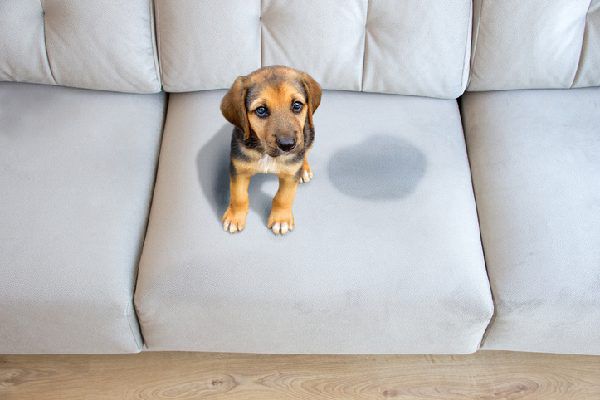
- Urinating or defecating
In some cases, they will urinate or defecate around the house, often in places where scents linger such as on bedding/rugs or destroying household items. Anxious pets often work themselves up to the point that they pee or poop in the house. This is frustrating for pet owners and can cause damage to your things and not to mention the unpleasantness of cleaning. This can happen even with house-trained pets.
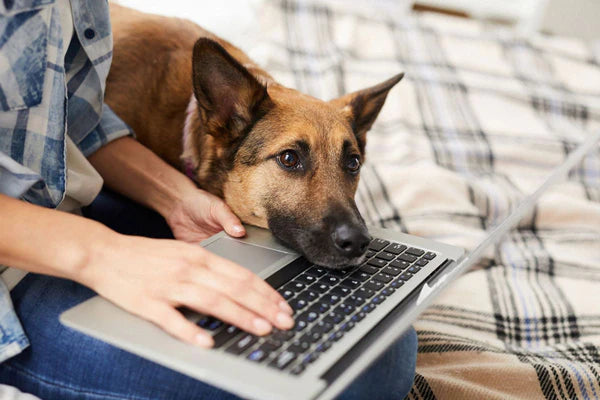
- Extreme clinginess or neediness
Since you are out of the house for a long time, yes, your pet misses you a lot, and this causes them to follow you all around the house and cling to you all the time to the point of you being annoyed and not being able to finish some house chores.
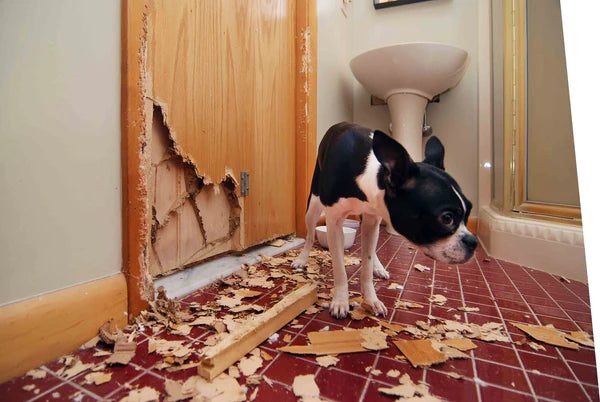
- Chew things up, dig holes, scratch at windows and doors
Some pets with separation anxiety chew on objects, door frames, window sills, dig at doors/doorways, or destroy household objects when left alone or separated from you. This is an attempt your pets do to escape the house to reunite with you. They desperately want to be with you because of the stress they experience while you’re out of the house. Their attempts to break out of their crates, windows, and even doors can result in painful injuries and expensive veterinary treatments.
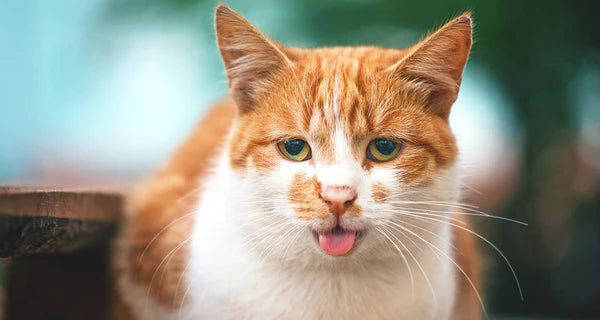
- Drool, pant, or salivate way more than usual
Pets drool a lot in your household things especially doors where they wait for you to come home. Panting is also a sign of stress in both dogs and cats and this can happen when you’re out of the house.
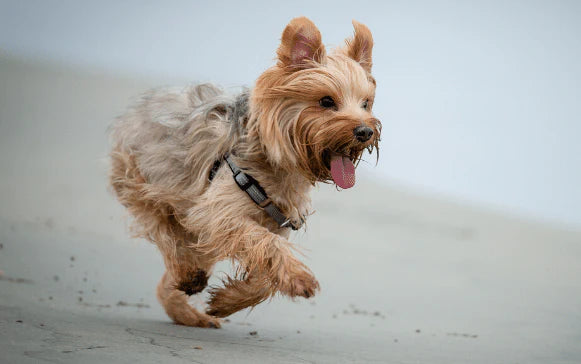
- Pacing often in a consistent pattern
Some pets walk in a specific path or a fixed pattern when left alone or separated from you. Some pace around in circular patterns, while others walk back and forth in straight lines.
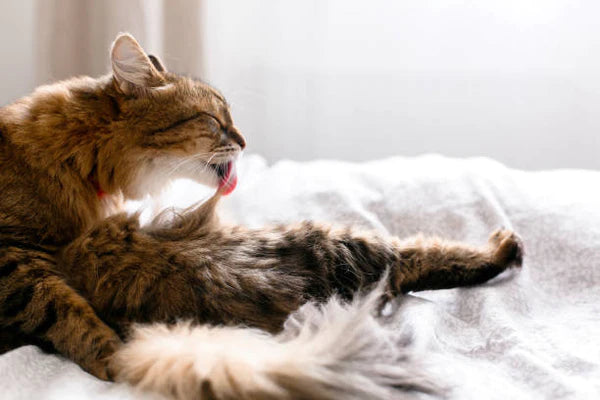
- Excessive grooming
This sign happens in cats for kitties usually groom a lot when they are stressed to the point of hair loss.
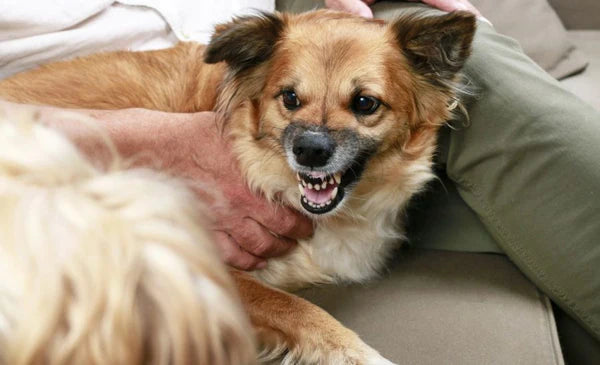
- Aggression
Aggression can be direct or indirect depending on the situation. Direct aggression occurs when a pet acts aggressively toward people or other animals. Indirect aggression often happens when a person comes between the pet and the source of the pet’s aggression. Aggressive behaviors such as hissing in cats, growling, and barking in dogs can lead to undesirable situations for both humans and pets.
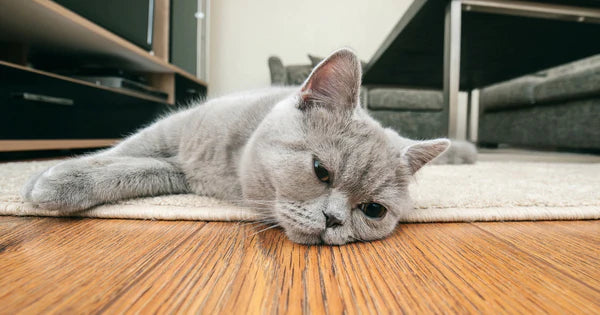
- Unable to eat or drink alone
Pets who are used to eat and drink when you are with them will have a hard time doing this without you especially if you trained them to do so. Even if you leave them a portion of food for them to consume while you’re gone, they may not even touch it because of stress.
Ways on How to Prevent It
It can be difficult to predict exactly what will make your pet suffer from separation anxiety that’s why you should talk to your trusted vet as soon as possible if you see the signs above developing in your pet. Your trusted vet can help you identify the type of anxiety your pet suffers from and the possible causes and triggers. They can also help you determine if your pet’s separation anxiety is simply situational, or if it is becoming an overwhelming issue for them. Some medical issues could also be diagnosed that could cause your pet’s separation anxiety from getting worse.
But there are ways to help your pets to avoid having this condition that you can do to lessen and gradually make them overcome their anxiety and then return to work worry-free:
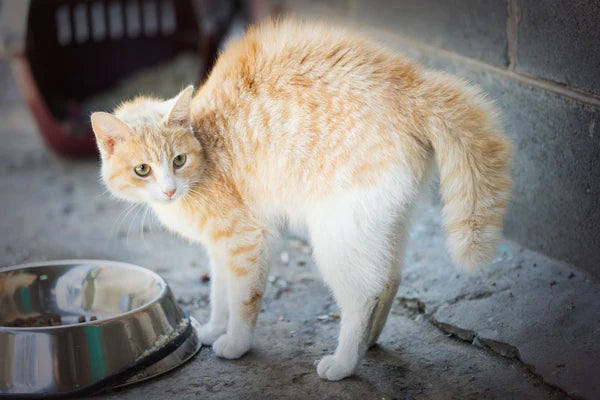
- Observe Body Language
One of the best things you can do is learn to read your pet’s body language. Knowing when your pet is uncomfortable or scared can help you to avoid giving them negative experiences. In this scenario, you can use your knowledge of your pet’s body language to reinforce positive training.
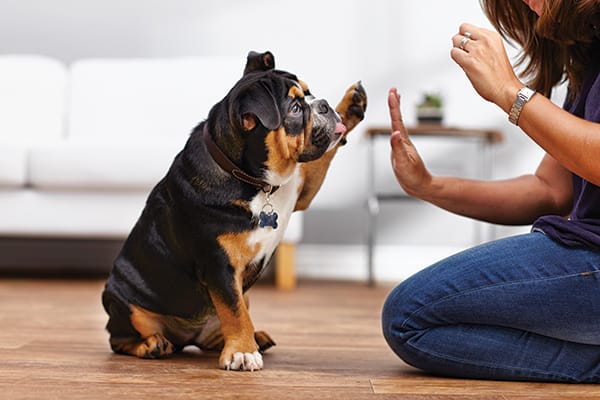
- Positive Training
Positive training is an essential tool for preventing and managing separation anxiety in pets. This will help your pet to be trained to adapt to certain situations and see some situations that are stressful to them as positive ones.
One way is Counterconditioning. The purpose of this is to change your pet’s response to the possible cause of their anxiety, usually by replacing the anxious or aggressive behavior with a more desirable behavior, like sitting or focusing you. An example of this is getting your keys and putting on shoes then just sitting for a while and watch for a few minutes before you leave for your pets. Do this over and over many times a day or even every time you leave consistently for them to get used to it and then slowly leave when they’re relaxed. This way, your pets will see that when you leave, something positive will happen to them in return.
Another training strategy is Desensitization. The pet owner slowly introduces their pets to the source of anxiety and then rewarding them some treats as they get exposed to it and exhibit positive behavior towards it. One example of this is giving your pets a special treat each time you leave like a puzzle toy stuffed with your pet’s favorite treat but only give them this treat when you're gone, and take it away when you get home.
Also, make your comings and goings low-key without a lot of greeting so your pets will not see you leaving as a big deal. Ignore your pets for the first few minutes after you get home especially when they go crazy when every time you’re back so they will not see this behavior of them as a way to get your attention. You can also establish a word or action that you can use every time you leave that tells your pet that you'll be back soon.
You can also teach your pets, especially dogs, the sit-stay and down-stay commands using positive reinforcement. This training will help them to learn that they can remain calm and happy in one place while you go to another room and eventually leave the house.
You might want to contact a professional pet trainer to help you choose the best approach as training an anxious pet is not always easy especially in severe cases.
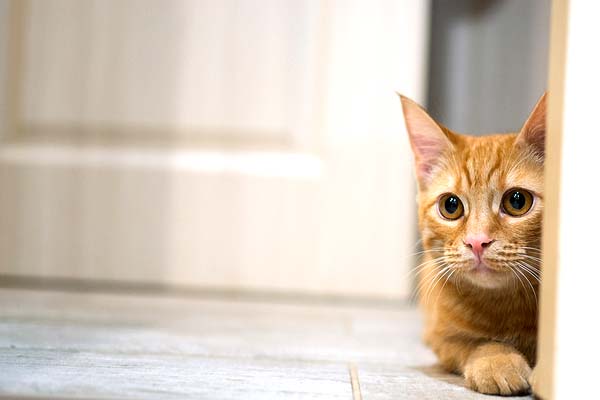
- Create a Confined Safe Place
Creating a confined safe place will limit your pet's ability to be destructive while you’re away. A safe place should:
1. Have windows, treats, and busy toys for distraction, not total isolation
Try leaving pets with interesting edible chewies or interactive toys that they could play with and some have a camera where you can watch your pet, a speaker where you can talk to them and hear your voice, and even dispense treats at the same time! Check out our Interactive toys that may help your pet: 4 Interactive Toys Your Pet is Wishing For. Our top recommendations are Skymee Owl Robot, and Wickedball!
2. Have worn-out clothes to leave your smell even if you’re gone
This may sound unhygienic and weird, but it is one of the best ways to calm them and for them to feel your presence even when you’re outside the house. Place a piece of clothing that you have worn recently in a prominent place, such as on your bed or couch, to comfort your pet.
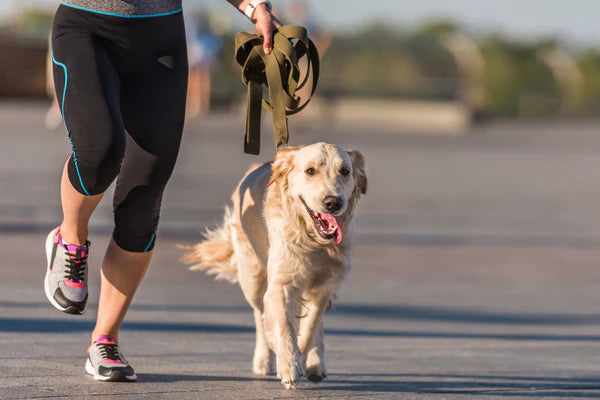
- Proper Exercise and Nutrition
Make sure your pets get plenty of regular exercise and mental stimulation. A stimulated pet will less likely to adopt negative behaviors such as barking, being too hyper, and destroying stuff through chewing and biting.
For dogs, this may mean a long run or walk every day. Getting exercise shortly before you leave the house may put your dog in a more relaxed state while you’re gone. For cats, this could mean a change of environment by being outdoors in a safe, enclosed area such as a “catio.”
Good nutrition is equally essential so make sure you take care of your pet’s physical and mental needs to prevent any behavioral problems and prevent separation anxiety. Some medical issues may cause your pet’s anxiety to get worse as well.
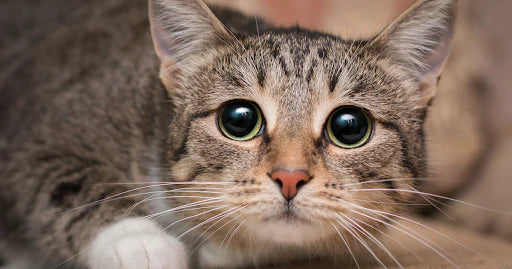
- Avoiding Situations that Triggers
If your pet has been diagnosed with separation anxiety, whether mild or severe, you should avoid or prevent situations that will trigger it. One example of how to do this is knowing if your pet shows signs of stress when you put your shoes on or get your keys because they might know you’re going outside if you do those, you can try changing this routine of yours or do positive training that can help your pet overcome these situations.
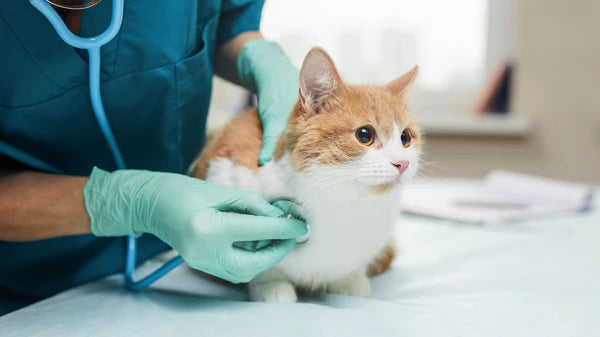
- Medications for Separation Anxiety
If your pet develops a serious anxiety disorder, your veterinarian may recommend medications or natural therapies. There are different types of medication depending on how severe your pet’s separation anxiety is. This of course differs from a dog or a cat. Talk to your veterinarian about the natural products best suited for your pet to reduce their stress and calm them if needed.
What Not to Do

- Punishment
Please do not for this is definitely not effective for treating separation anxiety and can make the situation a lot worse! Do not scold or punish your pet. Anxious behaviors are not the result of disobedience or spite, they are distress responses! Your pet won’t connect the punishment with something that happened hours or even a few minutes earlier and punishment may only worsen your pet’s anxiety and stress. They may become even more upset and the problem could get much worse which will cause bad behaviors.

- Getting another pet
This may lessen their anxiety or worsen it for your pet’s anxiety is the result of their separation from you, not just the result of being alone.
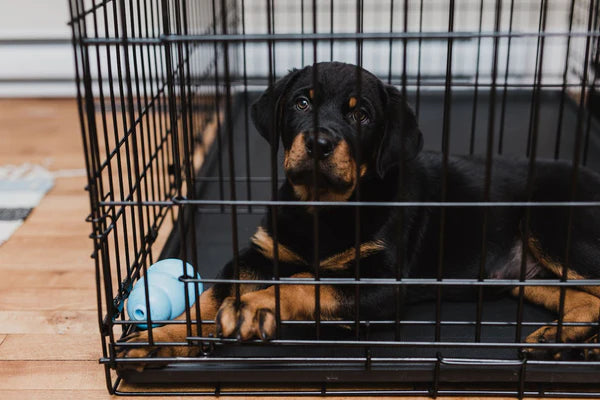
- Crating
Your pet will still engage in anxiety responses inside a crate, and they may urinate, defecate, howl or even injure themselves in an attempt to escape. Instead, create other kinds of "safe places" as described above.
To determine whether or not you should try using a crate (if you really run out of options) monitor your pet’s behavior inside a crate and when they’re left in the crate while you’re home. If they show signs of distress (heavy panting, excessive drooling, escape attempts, persistent howling, meowing, or barking), crate confinement isn’t the best option for your pet. Instead of using a crate, you can try confining your pet to one room behind a baby gate.
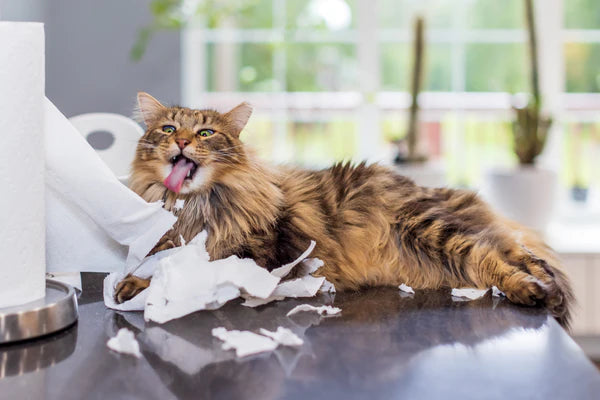
- Praising Bad Behaviors
Similarly, going to the opposite by praising or giving affection when your pet is suffering separation anxiety can make the problem worse especially if you praise behaviors that you should stop them from doing.
Conclusion
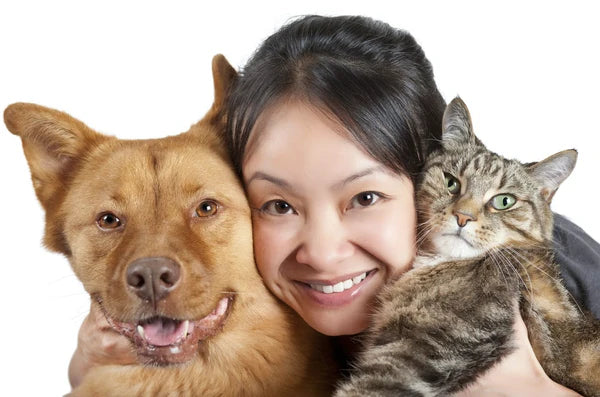
There are things we can’t avoid like going back to work after a long quarantine period. But just as humans experience anxieties, many pets will also experience anxiety at some point throughout their lives. Although not all will have this kind of anxiety or just experience a mild one, it’s important to be aware of all of these things! Understanding these important facts can help you, as a pet owner, know the best ways to help your pet if they start developing the signs above. It is touching to see that your pet misses you, but do not let it go to the point of them suffering because of their love and dependence on us!
Share this to your fellow pet owner friends who might need this information right now! Feel free to leave a comment down below about your pet’s separation anxiety experiences and how you coped up with them to help others, we would also love to read them!
Sign up to our newsletter down below & follow us on Instagram @sgsmartpaw to stay up to date with our weekly blog articles!
References
- https://www.humanesociety.org/resources/does-your-dog-freak-out-when-you-leave#:~:text=Dogs%20with%20separation%20anxiety%20exhibit,Destructive%20chewing
- https://www.aspca.org/pet-care/dog-care/common-dog-behavior-issues/separation-anxiety
- https://pets.webmd.com/dogs-separation-anxiety#
- https://www.akc.org/expert-advice/health/treating-dog-anxiety/
- https://www.aarp.org/home-family/friends-family/info-2020/separation-anxiety-pets.html
- https://theconversation.com/how-to-help-dogs-and-cats-manage-separation-anxiety-when-their-humans-return-to-work-148301

Rose Hazel San Diego
Hazel loves pets & she has owned cats, dogs, & even hedgehogs! She also fosters cats & dogs in need around her area. With her social media & copywriting background, she gladly shares her knowledge of pets through these articles!
Most Recent Articles
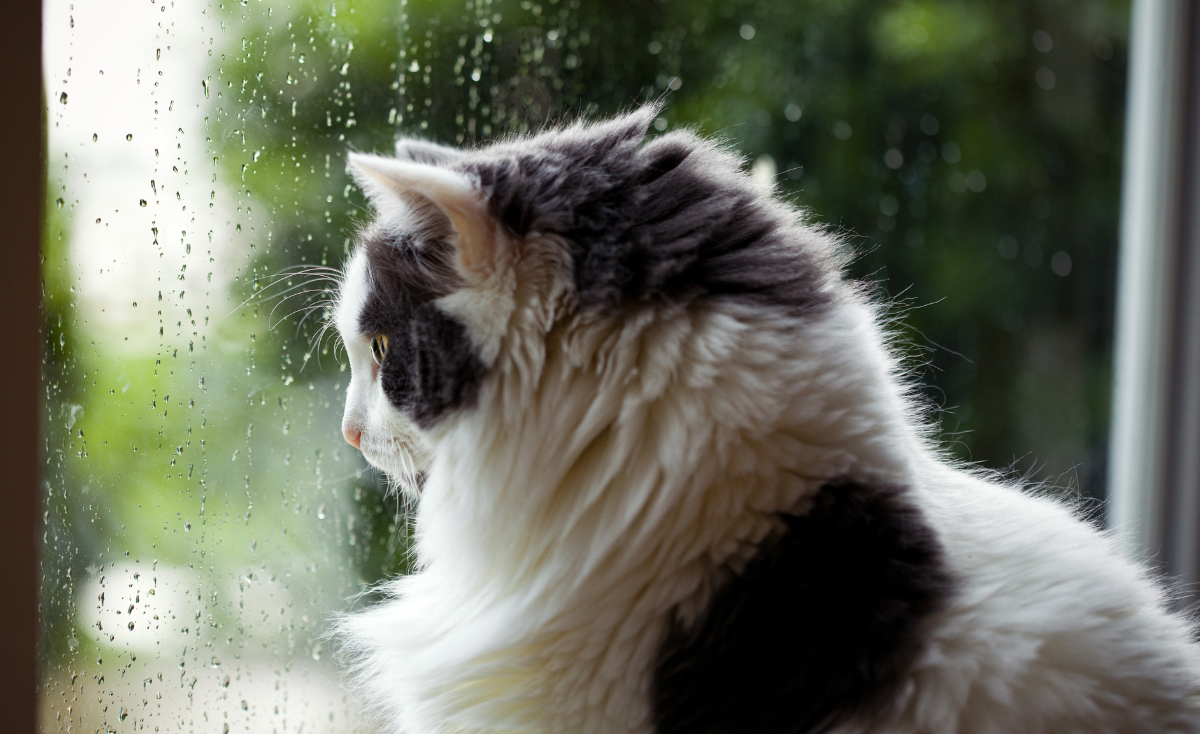
5 Ways to Protect Your Pet from Singapore’s Humidity This Rainy Season
Singapore’s rainy season is here — and while we’re enjoying the cool, cozy weather, our pets are quietly battling the sticky side of humidity. From itchy skin and smelly fur to ear infections and h...

Cat Litter in Singapore: Types, Pros & Cons Explained
Choosing cat litter isn’t one-size-fits-all. This Singapore-focused guide breaks down clumping & non-clumping clay, silica crystals, tofu, wood pellets, and paper—how they work, their real-worl...
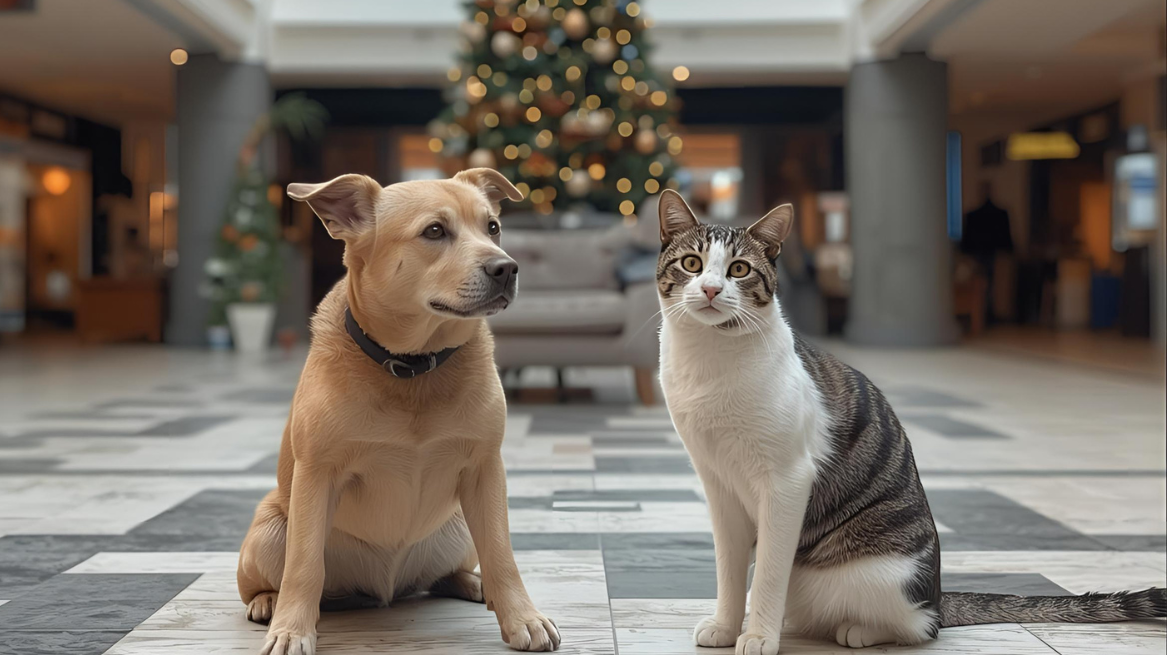
7 Pet-Friendly Malls in Singapore Every Pawrent Should Know About
Shop, dine, and stroll with your furkid at 7 pet-friendly malls across Singapore—think dog parks, pet lifts, alfresco cafés, and more. Our Smartpaw guide maps the best spots and shares quick tips f...






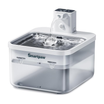
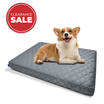
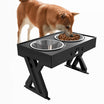



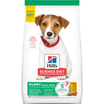



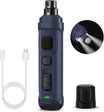

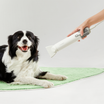
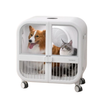
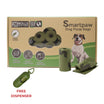
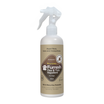
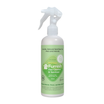
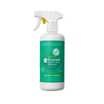
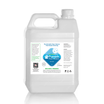
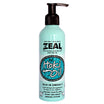



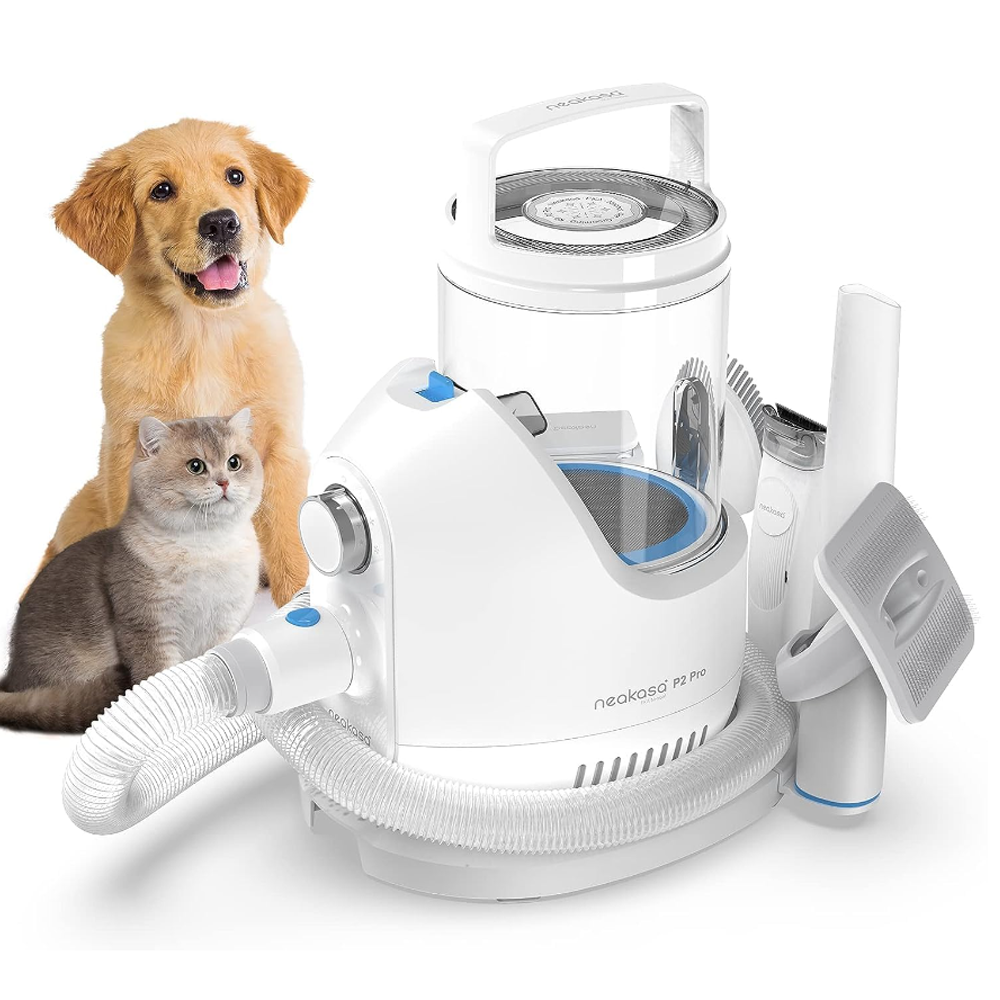
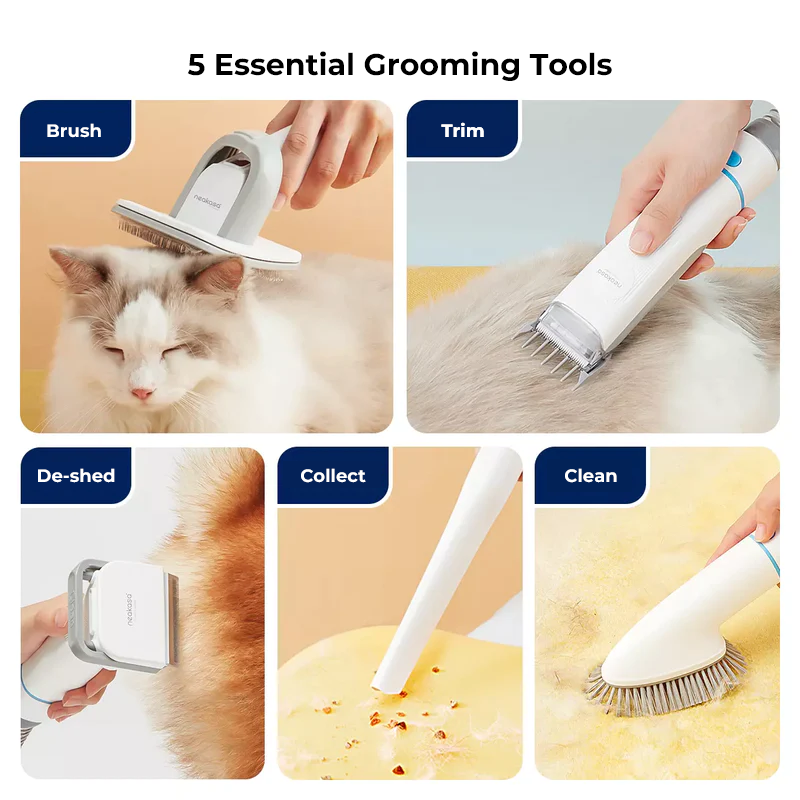
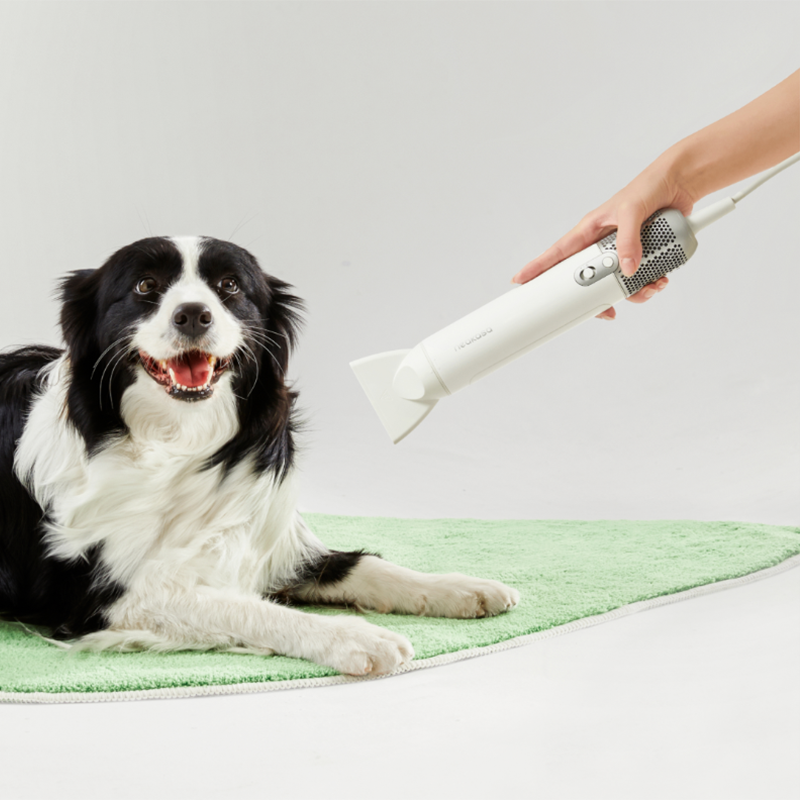
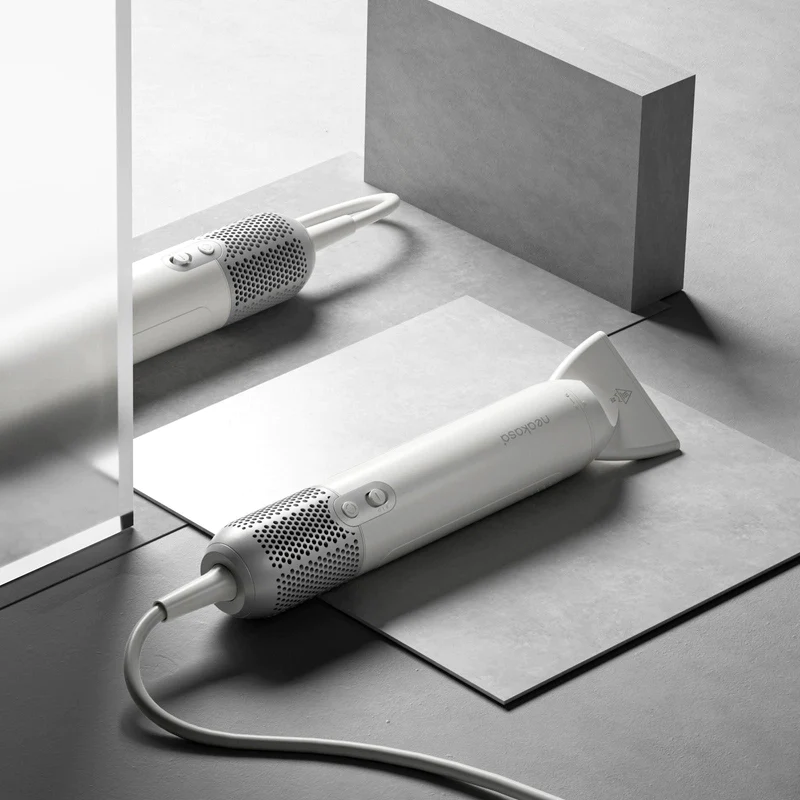
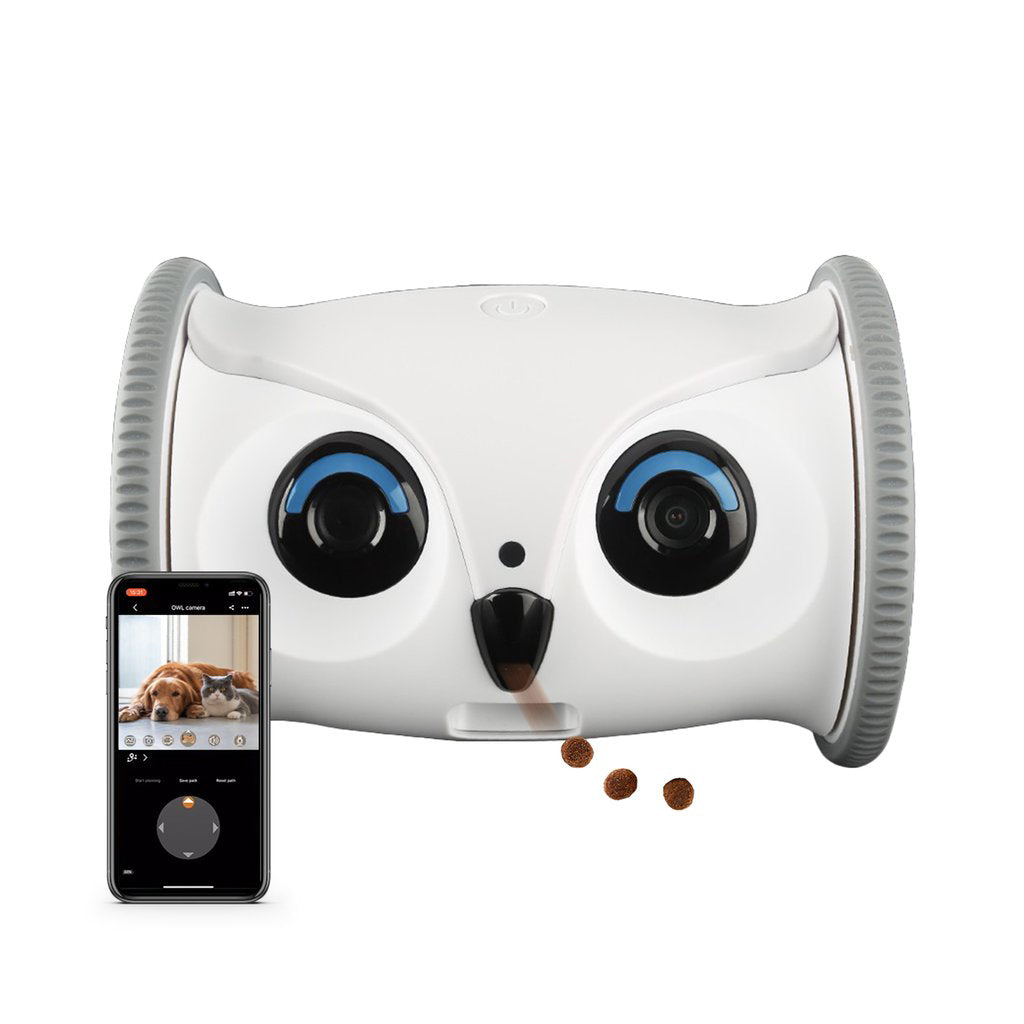
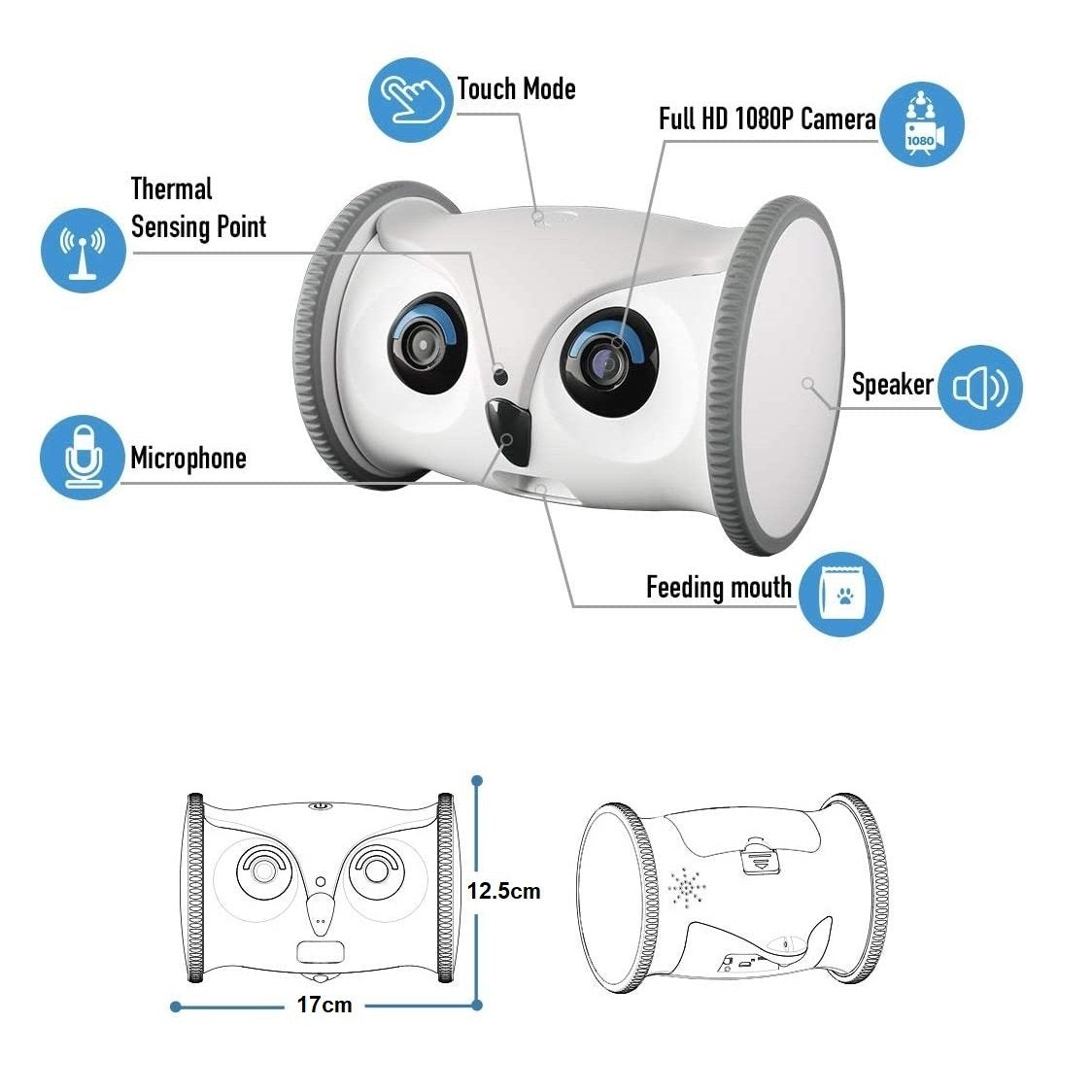














Leave a comment
All comments are moderated before being published.
This site is protected by hCaptcha and the hCaptcha Privacy Policy and Terms of Service apply.